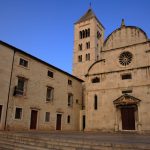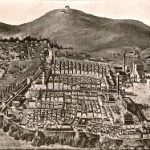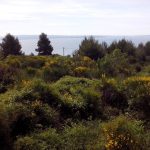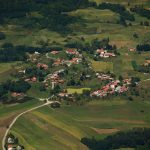Just half an hour from the popular beaches of the Split and Makarska rivieras, the Dalmatian hinterland region of Zagora is one of Europe’s last great tourism secrets. TCN’s series exploring Croatian tourist destinations in depth continues on February 16, 2016 with Zagora: 25 Things to Know about Inland Dalmatia.
1 Forget Wembley Stadium, Inland Dalmatia is the home and inventor of world football.
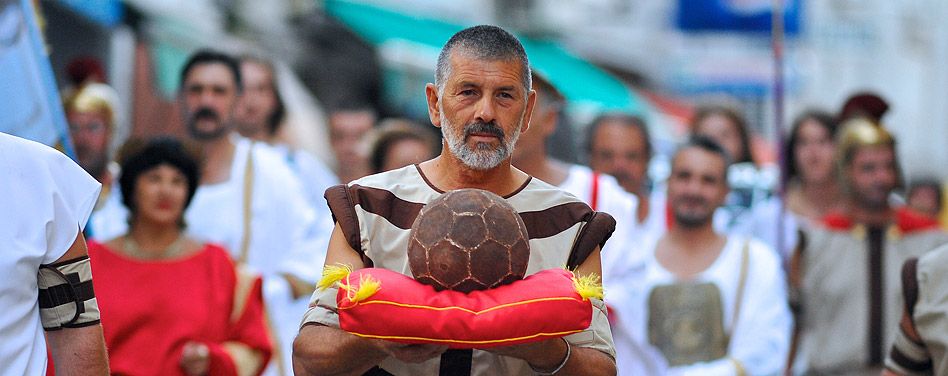
Yes, that is correct – Inland Dalmatia is the home of football. And these are not just the ramblings of a blogger with a drop of rakija too much, but the claim was reported on in the official FIFA newsletter, as far back as 1969.
Even though football was played at Gardun among Roman soldiers and sons of the rich, originally the game was Illyrian and the Delmates had played it long before the Roman troops arrived. This is further proven by the fact that in no locality other than Gardun throughout the historical Roman Empire, a football-related pattern or image has been found.
In 1969, the international football association (FIFA) dedicated a cover of its official journal FIFA NEWS (issue 71), headlined Archaeology and football, to the archaeological discovery of the amateur archaeologist Josip Bepo Britvić. According to the FIFA, this discovery is a piece of information significant for both archaeology and football fans. (Delmates VS Romans match).

One of the most famous attractions in Sinj is the tombstone of a seven-year-old Roman boy Gaius Laberius holding a ball with hexagons joined in the manner of a net-like ornament. The symbol of a real leather ball, it is considered firm evidence that football in Europe was first played in the Cetinska Krajina Region. It was found in the Tilurium site, more precisely the Gardun site, and dates back to the 2nd century.
So who is better, the Delmates or Romans? Each year tourists get the chance to find out – check out the video below.
2. It is home to one of the ten weirdest football stadiums in the world
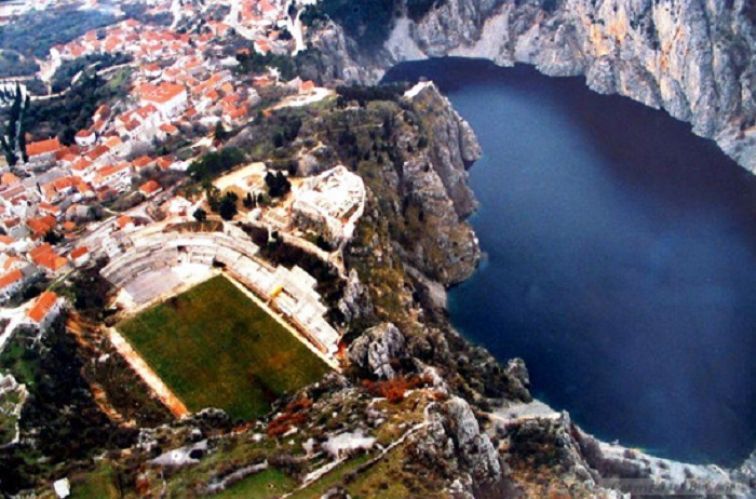
Having invented the game, Dalmatians got pretty inventive on where they played it. Take the football pitch of Imotski, for example, officially one of the strangest football stadiums in the world. The stadium is built into the rock in the middle of the town, but be careful where you kick it, for if you are not careful, it could end up in the Blue Lake next door, one of the world’s most interesting lakes, of which more below.
3 The amazing Blue and Red Lakes, home to the world’s most bizarre football match
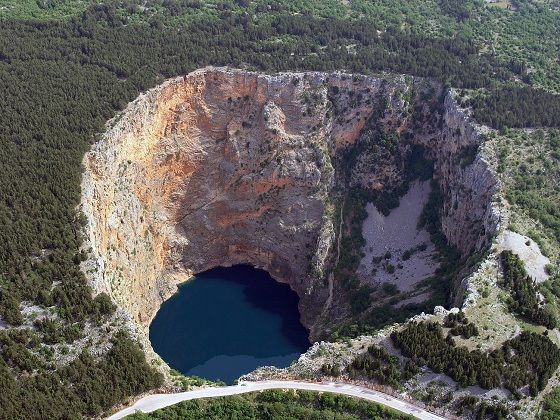
Although if you time it right, you could kick your ball into the nearby Blue Lake and get it back, for on rare occasions at the bottom of the Blue Lake, a football match is also played – yes that’s right, at the bottom of the lake. Check out the video below. In addition to their outstanding beauty, the Red and Blue Lakes have varying water levels, and sometimes the Blue Lake drains completely, which is when the Elves and the Werewolves come out and play. Learn more about that and the lakes in general here.
4 Sinj has a proud equine tradition, home to the only knights tournament left in Europe
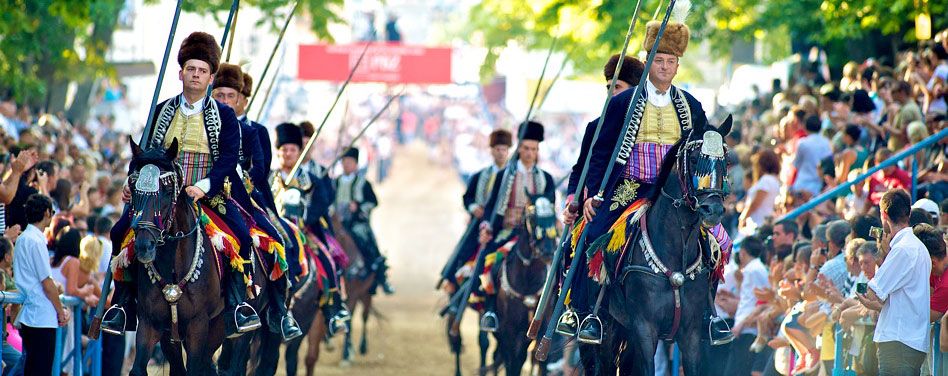
Football apart, Sinj has plenty of other proud and unique sporting tradition, such as the only remaining knights’ tournament in Europe, a tournament which is attended every year by the president and is broadcast live on national television. In 2012, it was named best Cultural Event in Croatia, and last year it celebrated its 300th year. The Sinj Alka has been taking place every year since 1715 to commemorate the famous Siege fo Sinj by the Ottomans. It is not UNESCO cultural heritage, and one of the most important events in Croatia’s annual cultural calendar. Learn more in the official UNESCO video below.
5 It is an adventure tourism playground, one of the finest in Europe
Cycling, hiking, kayaking, rafting, zipling, climbing, off-roading, horse-riding. You name it, Zagora has it, one of the truly great and undiscovered adventure destinations in Europe. Check out the trailer below for the recently announced Dalmatia Ultra Trail, a journey through the region’s breathtaking beauty and heritage.
Or learn more about how locals are organising themselves to turn Zagora into a competitive adventure race destination, with events like Cetina Adventure, for example.
6 The symbol of the region’s life, the Cetina river, is among Lonely Planet’s Top 40 Amazing Experiences
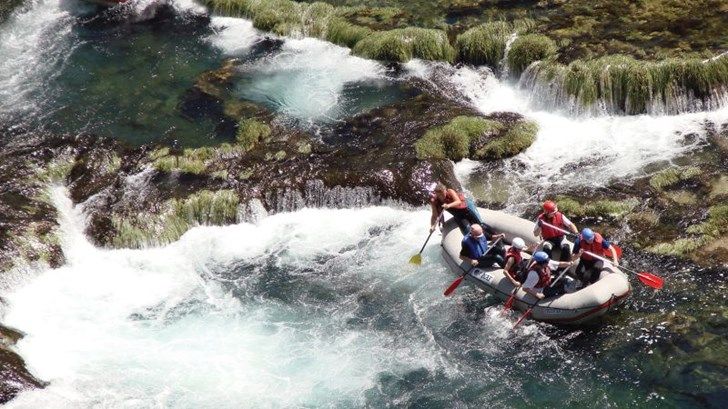
Powering through the heart of the region is the mighty River Cetina, whose 105 km is a symbol of the region’s pristine nature and outstanding beauty. So impressive is it that Lonely Planet named in Europe’s top 40 amazing things. Here is what they had to say:
‘The Cetina is the longest river in Dalmatia, the sea-kissed jewel in Croatia’s crown. Stretching 105 km from the eponymous village, it flows through the Dinara mountains and the fields around Sinj, before gathering speed and pouring into a power plant around Omiš. It is an extraordinarily scenic journey as the limpid blue river is bordered by high rocky walls, thick with vegetation, and the best way to enjoy it is on a rafting trip, braving the rapids on a three-to four-hour trip.’
7 The source of the Cetina and Lake Peruca – who needs the Adriatic?
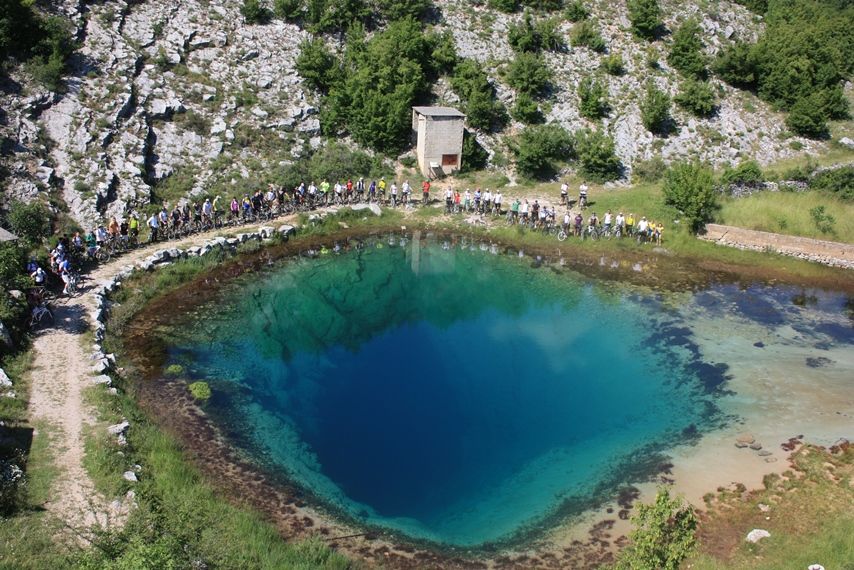
And if you travel the length of the Cetina from Omis on the coast, eventually you will reach the source of the Cetina, one of the most breathtaking sights in Central Dalmatia, but also one with a little secret. For the source of the Cetina is deep. more than 100m deep in fact, and if extreme diving is your thing, check out the video below. Close by is another important water attraction, Lake Peruca, now increasingly important as a sporting location, and where outstanding rowing facilities have been constructed.
8. Forget Pamplona, and discover bull fighting off the beaten path
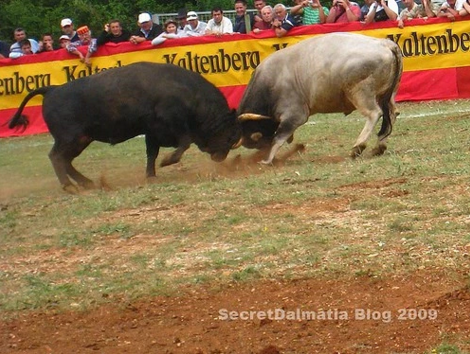
One of the true treasures of Zagora is the fact that there are so many traditions and heritages peculiar to individual villages and communities, many of which are unknown outside the region. You don’t need to go to Spain for a little bull-fighting, for example, just head to Radisic in June. I have not experienced it yet, but one man who has is Alan from Secret Dalmatia – check out his experiences of bull-fighting in Dalmatia on his Secret Dalmatia blog.
9 Cetina Fortresses, guardians of history, legend and the secrets of pirates
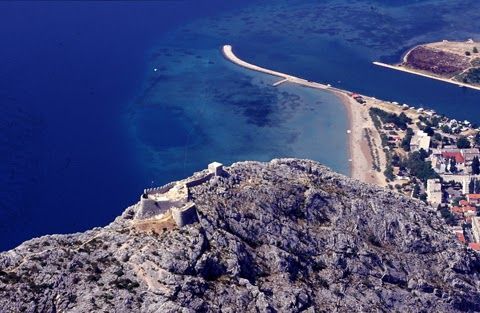
The Cetina historically was pirate country, and the infamous Pirates of Omis used to navigate its waters to hide. The river’s banks are full of nooks and crannies, and invading forces would navigate its waters. Good look out points were therefore essential, and the Cetina is guarded by an impressive eleven fortresses, which are in various states of disrepair, but all with their unique history, and some amazing legends are contained therein. Take a tour of all eleven here.
10 Game of Thrones – Klis Fortress
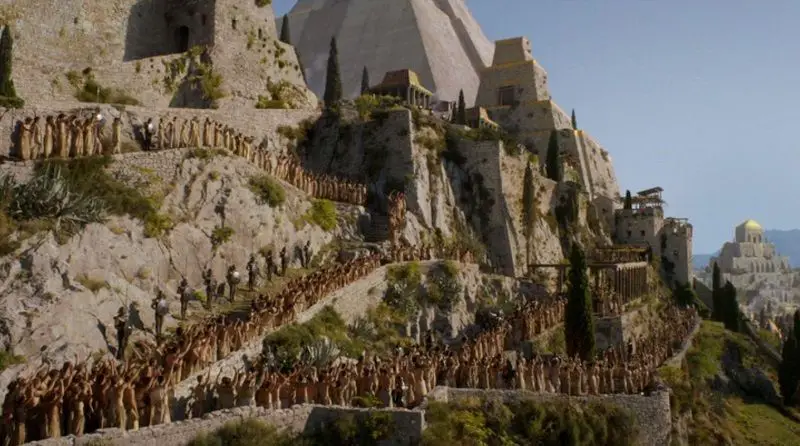
When it comes to fortresses of course, there is none more famous in inland Dalmatia than Klis, the mighty fortress which is the Gateway to Dalmatia with a magnificent view over Split. It has played an important role in the history of the region, and its importance today is just as big, for here HBO’s Game of Thrones was formed, the popular show which has added another dimension to tourism in the region, including the start of Game of Thrones tours to inland Dalmatia, such as this one from Vetus Itinera.
11 Stunningly preserved Roman heritage at Gardun
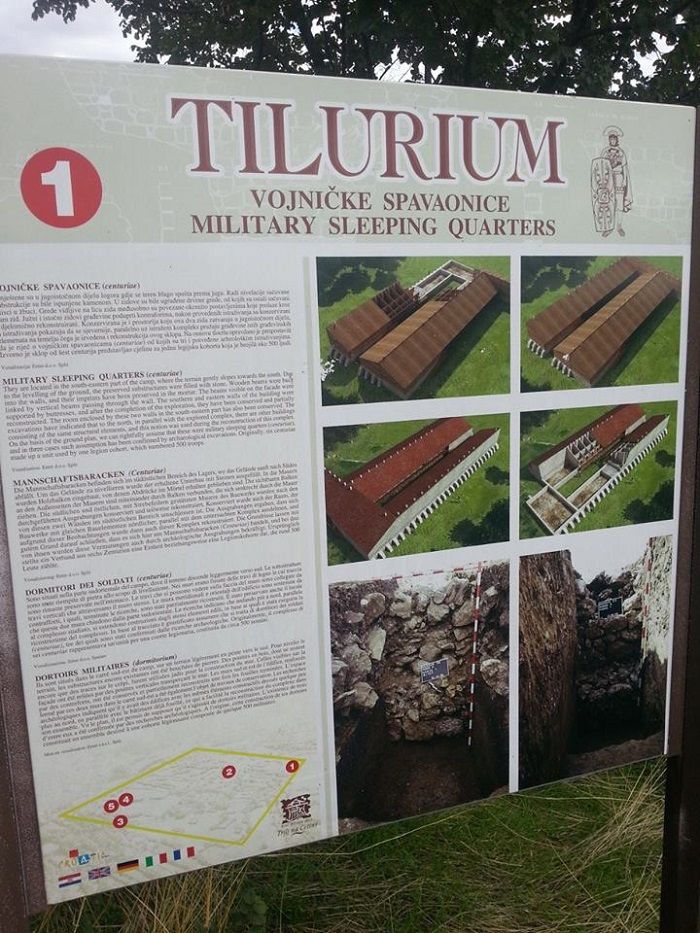
Dalmatia has a very rich Roman heritage, perhaps best represented by UNESCO World Heritage Site Diocletian’s Palace in Split, which was built as a retirement home for Emperor Diocletian, but there is plenty more Roman heritage in evidence, and a new project by the Central Dalmatia Tourist Board to open up the region’s Roman roads to tourism is enjoying initial success. One of the best preserved finds is the Roman military barracks of Tilirium at Gardun, just outside Trilj.
12 A Clock Tower older than Big Ben
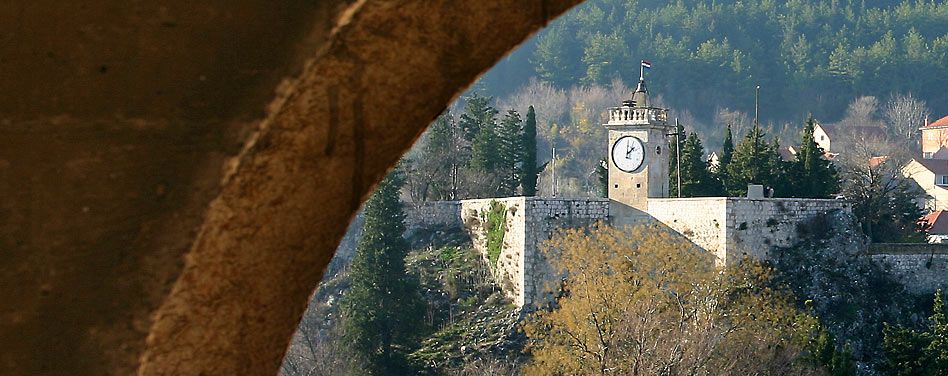
Big Ben who? The town of Sinj, just half an hour from Split, but in a different world, has an outstanding range of historical attractions, and the opening of the interactive Alka Museum in August 2015 has added to the tourist offer. One of its quaintest sights is Kamicak Fortress, with its clock tower, still wound up manually each day, and older than a more famous clock tower in Westminster.
13 Vranjaca Cave, one of Croatia’s most amazing and least visited attractions
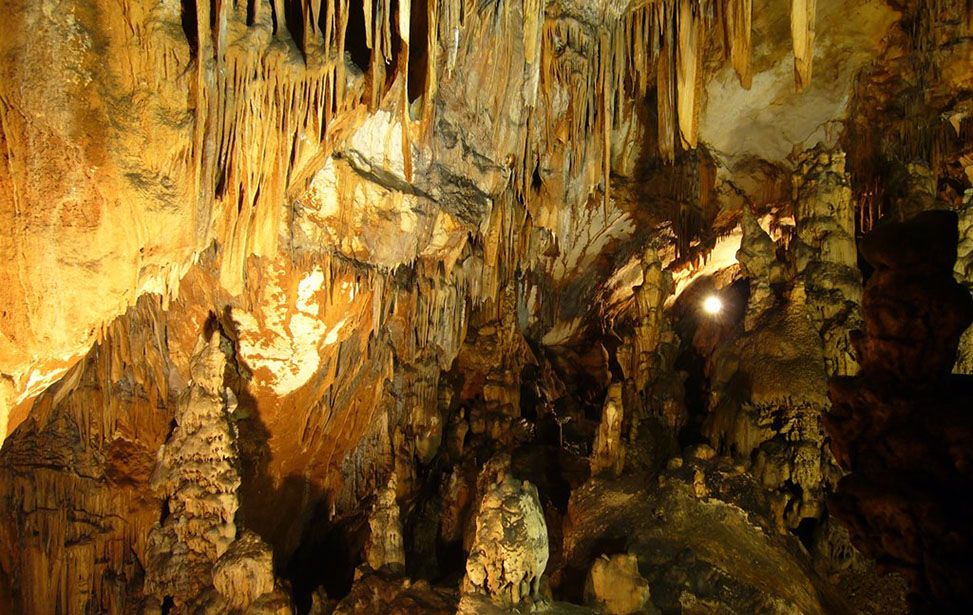
Perhaps the region’s most underestimated and undervisited site is the spectacular Vranjaca Cave near Dugopolje, just 20 minutes from Split, which receives just 7,000 visitors a year, many of them local children on school trips. Discovered by the grandfather of the current owner in 1906, Vranjaca has been open to visitors since 1929 and is now equipped with the 500 steps and ample electric light, so you can explore its 360m depth. There is a small refreshment centre at the top, where we sampled some great goat’s cheese and domestic rakija.
14 Nature heaven at Vrljika spring
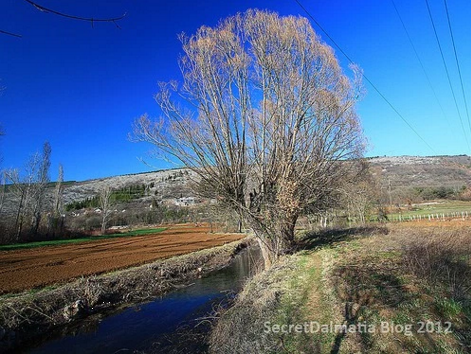
Zagora is blessed with pristine nature at every turn – mountains, lakes, rivers, much of it largely undiscovered. We asked that man from Secret Dalmatia for a couple of favourite places. Discover Vrljika Spring.
15 The 600-year milling traditions in idyllic Grab
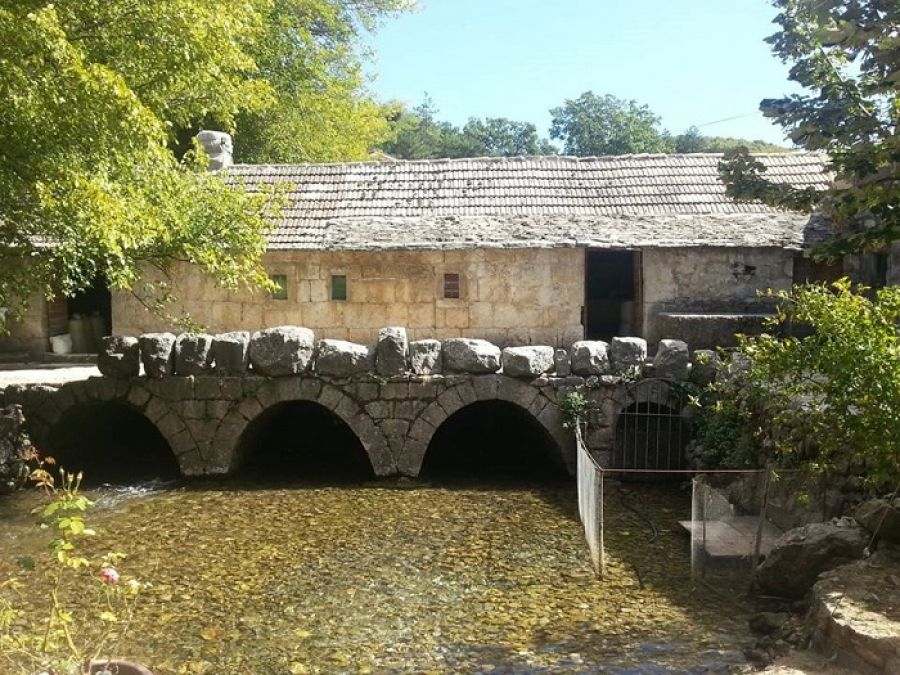
Timeless Dalmatia. Wherever you go, you will discover a new treasure. Millers were of course important people throughout history in the region, and the tiny hamlet of Grab is a wonderful window into time gone by, as the 600-year milling traditions of Dalmatia are continued to this day as they have been for 600 years. Add to that the chance to meet one of Dalmatia’s most engaging and eccentric characters, and a visit to Grab is a must.
16 Hike along the bridge of tombs
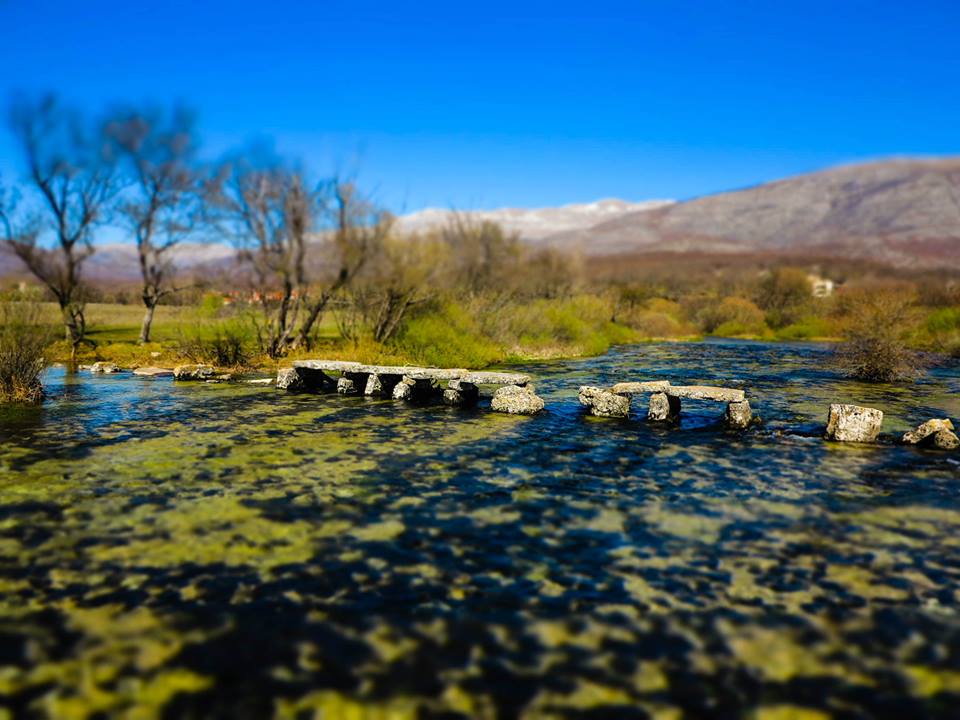
One of the region’s most iconic bridges. Pločasti most (Tomb stone bridge) … a bridge made out of the mediaeval megaliths (15th century), which were originally used as tombstones from the one of the archaeological sites in the area, probably near the village of Vranješi.
17 Enjoy Dalmatia’s spectacular vistas from the highest point in Croatia
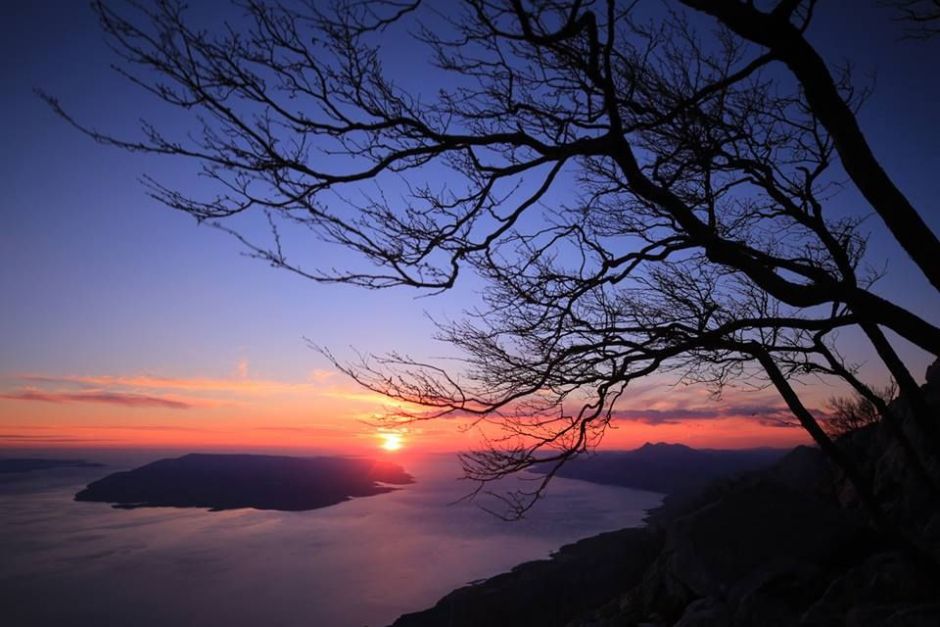
Mighty Biokovo mountain guards access to much of Zagora, a nature heaven of its own, and from where on a clear day you can see the mountains of Italy, while islands such as Hvar and Brac are visible all year, and they make up the scene for some of Croatia’s best sunsets.
Here too, you will find the highest point of Croatia. Although it is only the second highest mountain in Croatia, the top of this 97m communications tower – constructed in 1964 – is the highest point in Croatia.
18 Balkans without Borders – award-winning Via Dinarica

The Balkan region hs sadly been cursed with war and other conflict for much of its history, most recently of course in the regional way of 1991-95, but Zagora offers a rather different interpretation of a region with borders at every turn – Via Dinarica.
Named by Outside magazine as the ‘World’s Best New Trail’ in 2014, declared a must-see destination by Wanderlust in 2015, and included in The Guardian’s top ten adventure holidays in Europe as recently as last month, here is an example of tourism well away from the beach which transcends borders in a region known for its political problems and volatility.
Not that you would notice such issues on Via Dinarica, a supreme journey through some of Europe’s finest nature and breathtaking landscapes. A 2000-kilometre trip (you can enjoy this “cultural corridor” as a thru-hike or as day-long trekking escapes) through Slovenia, Croatia, Bosnia and Herzegovina, Montenegro, Albania, Serbia, Kosovo, and Macedonia – a true pan-Balkan adventure has never felt so free.
19 The rather unusual waterpolo tradition at Zagvozd
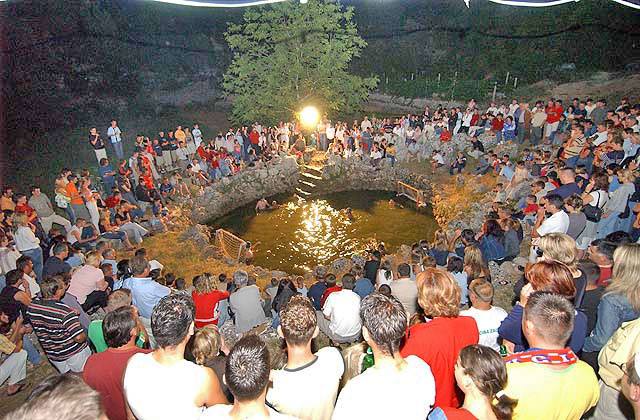
And if people play football at the bottom of a lake in the region, perhaps it is not unusual to find others playing waterpolo in a well in front of 800 spectactors, as they do near Zagvozd.
20 Sinj the Proud, first city with an Olympic swimming pool in former Yugoslavia, and other stories
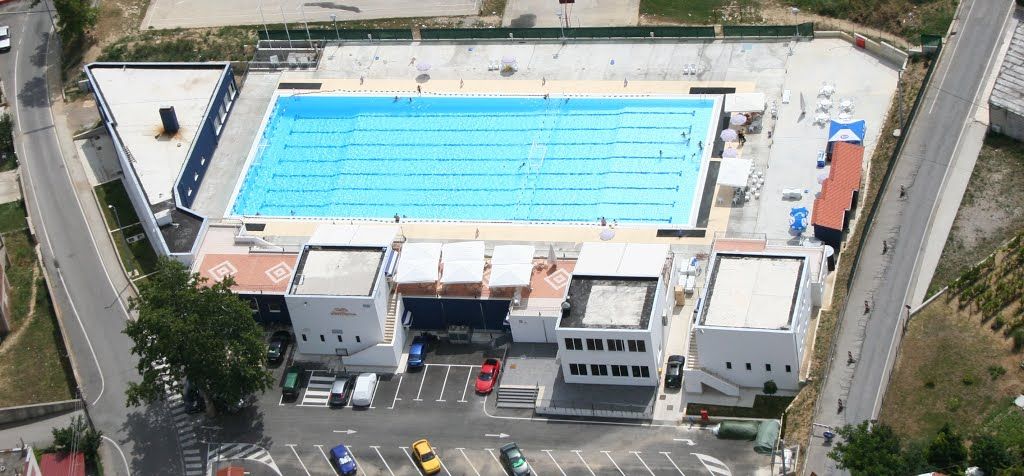
Things always come back to the main town of Sinj, one way or another, one of my favourite places in all Croatia. And the men of Sinj are proud, and for them Sinj is the best place in the world. Who needs the Adriatic, for example, when one has the first Olympic swimming pool in former Yugoslavia, just one of the many adventure sporting facilities available in and near the town, including various aerial sports made possible by the local airport.
21 The stunning Imota mosaic and the emerging wines of Imotski
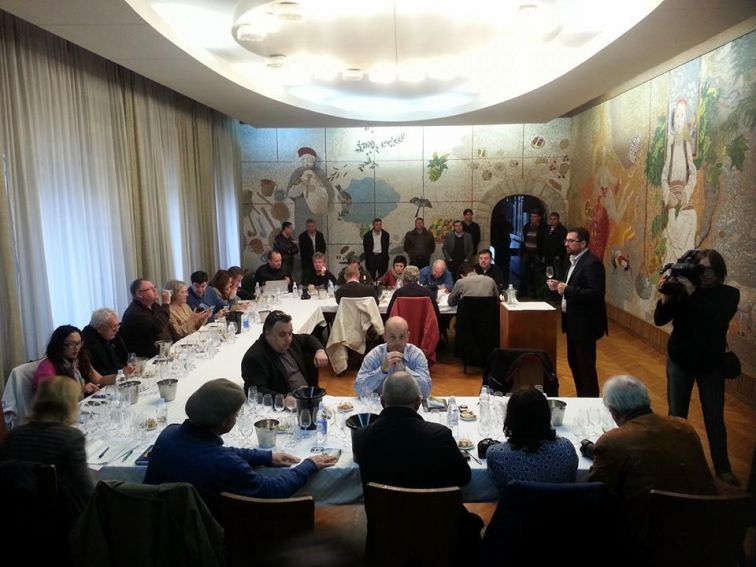
Inland Dalmatia is home to many wine producers, each proud of his own produce, but the region which is making strides is Imotski. The Imotski Wine Association is very organised, and not only wine sales, but also wine tourism is taking off. Their main grape variety, the impossible-to-remember Kujundzusa dominates the whites, but innovative winemakers such as Grabovac are now introducing international varieties, with considerable success.
In 2014, an international delegation of wine journalists, including TCN, visited the Imotski region and emerged very impressed by the progress made. The trip included a visit to the giant Imota winery, which once was the second largest in former Yugoslavia, producing 20 million litres a year, and which today is home to a spectacular mosaic depicting motifs of Imotski on three walls of its main presentation room, constructed over four years, and comprising no less than 450,000 tiles all of natural colour from five continents.
22 Unique indigenous Dalmatian cuisine – Arumbasi, Soparnik, Ljubitovica garlic and more
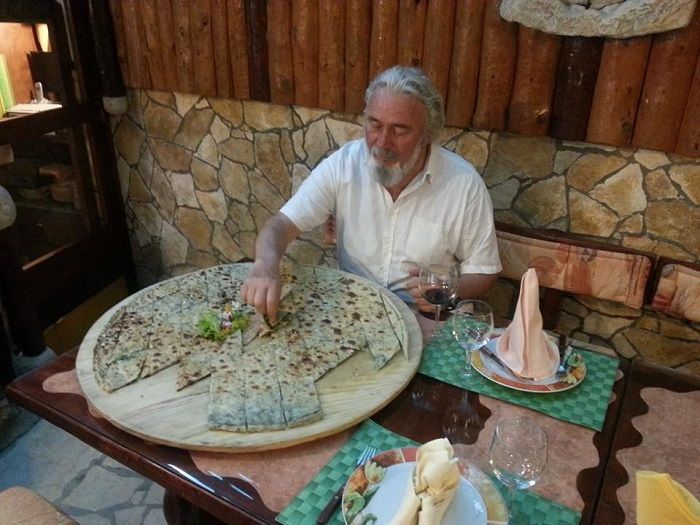
Locals are rightly proud of their indigenous heritage, and there are many local dishes which are peculiar to the region. Some of these are under cultural protection, such as soparnik (pictured above with legendary Hvar winemaker in a rather unusual Flintstones theme restaurant somewhere high above the Cetina), arambasi from Sinj, and Dalmatian prsut, which has just fallen under EU protection. So impressive is the regional cuisine here that Andrew Zimmern of Bizarre Foods recently did his own investigations. Watch his experiences here.
23 From open-air opera to UNESCO song and dance
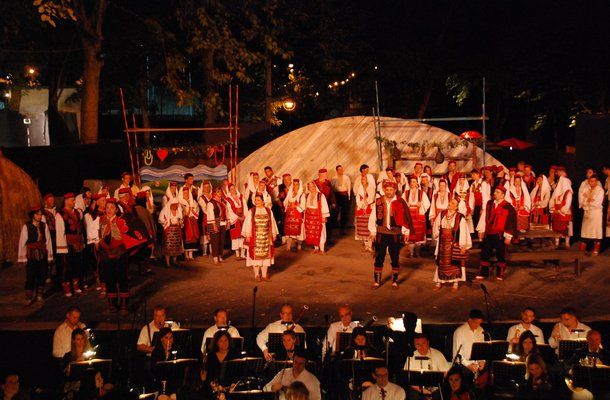
And what region would be complete without its own outdoor opera each summer, as happens in Vrlika, or its own UNESCO style of singing called ojkanje, below.
Or UNESCO dance called Vrlika Kolo.
https://www.youtube.com/watch?v=hNcOPbeu3QM
A different tradition and heritage in every village.
24 Gljevstok, symbol of the innovative and creative youth of Zagora
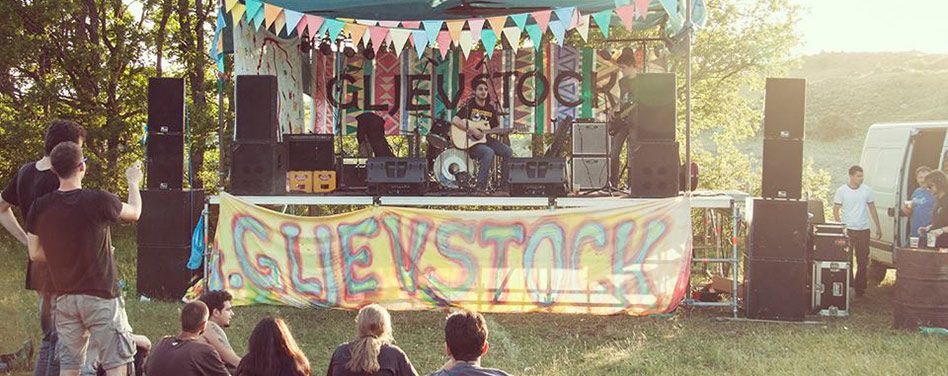
Zagora has a young and dynamic youth, whose enthusiasm and desire for self-expression has led to some unique festivals and events, which are all but hidden from outsiders, but cherished by locals. One such example is the annual Gljevstok festival, which is held each year near the remote village of Gljev not far from Sinj. The music covers all genres and there is only one stipulation – the musicians must come from Sinj. I was privileged enough to be invited a couple of years ago and wrote this report for Google News.
25 New connections and THAT Volvo motorway video
https://www.youtube.com/watch?v=1zXwOoeGzys
Connections to Zagora have improved immensely in recent years. The recent opening of a tunnel with the coast and Makarska, for example, has opened up wine and other tourism to Imotksi, now just half an hour from the beach, while the opening of a new stretch of the Zagreb to Dubrovnik motorway has made the entire region much more accessible. But before it opened, there was a quite spectacular and very hair-raising video filmed on the motorway by Vrgorac by Volvo Trucks.
Inland Dalmatia is place of spectacular nature and proud tradition, and what better way to finish than with with a look at as Zagora as it once was, back in the 1930s, with this film trailer recreation.

